- understanding-spatial-awareness
- how-trampolines-enhance-spatial-awareness
- motor-skills-development-through-trampoline-use
- case-studies-and-personal-experiences
- safety-tips-for-using-trampolines-effectively
- why-choose-trampoline-zone
Understanding Spatial Awareness
Spatial awareness is the ability to understand and interact with the space around us. It involves recognizing the position of objects in relation to oneself and to other objects. This skill is crucial for everyday activities such as walking through a crowd, playing sports, or even simple tasks like driving. Building strong spatial awareness enhances balance, coordination, and overall motor skills, especially in children during their developmental years.
Without adequate spatial awareness, individuals may struggle with movement coordination and spatial judgment, which can impact learning and physical activity. That’s why engaging in exercises that promote spatial understanding is vital.
How Trampolines Enhance Spatial Awareness
Trampolines are uniquely effective tools for improving spatial awareness due to the dynamic nature of bouncing. When jumping, the brain continuously processes information about the body’s position, velocity, and orientation in space, adjusting movements in real-time. This constant feedback loop strengthens the neural pathways responsible for spatial cognition.
Using a trampoline challenges the vestibular system (which controls balance) and proprioception (the sense of body position), both essential components of spatial awareness. The unpredictable nature of jumping helps users develop a heightened sense of where their body is in relation to the trampoline surface and surrounding environment.
Motor Skills Development Through Trampoline Use
Beyond spatial awareness, trampolines contribute significantly to refining gross motor skills such as jumping, landing, twisting, and turning. These movements require coordination between different muscle groups and sensory systems. As users practice controlled bouncing and various trampoline exercises, they build muscle strength, improve timing, and enhance reflexes.
This is especially beneficial for children, athletes, and rehabilitation patients. The repetitive motion encourages muscle memory and neural adaptation, which translates to better performance in other physical activities and daily movements.
Case Studies and Personal Experiences
Recent studies have documented the positive impact of trampoline exercise on spatial awareness and motor function. For example, a group of children participating in trampoline-based physical therapy showed marked improvements in balance and coordination over a 12-week program.
Parents and trainers frequently share stories about how trampoline time has helped children with developmental delays gain confidence and body control. Adults also report enhanced posture and reduced dizziness when using trampolines regularly.
Safety Tips for Using Trampolines Effectively
To maximize benefits while minimizing risk, trampoline users should follow safety guidelines: always use trampolines with protective netting, supervise children, avoid overcrowding, and perform warm-up exercises before jumping. Additionally, focusing on controlled, purposeful bouncing rather than wild jumps can further enhance spatial learning.
Understanding and respecting one’s limits during trampoline use ensures consistent progress in spatial awareness without injury.
Why Choose Trampoline Zone for Your Spatial Awareness Journey
For those looking to incorporate trampolines into their routine, Trampoline Zone offers quality products and expert advice tailored to different ages and skill levels. With a wide range of trampolines designed for safety and performance, customers can confidently invest in their spatial development and physical well-being.
Visit Trampoline Zone to explore the best trampolines and accessories that support healthy, fun, and effective spatial awareness training.


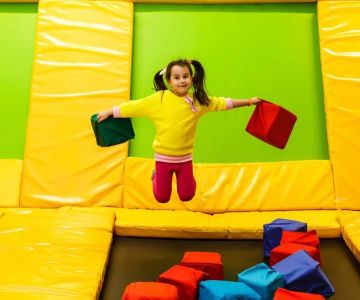
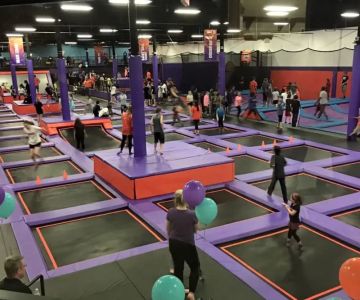
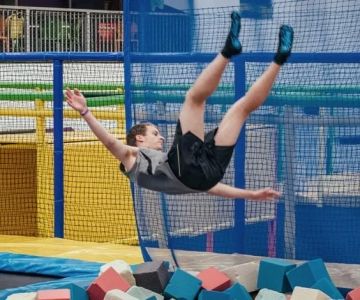
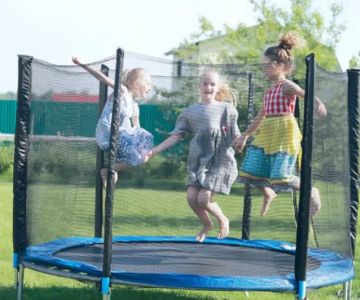

 Pump It Up Lake Forest Kids Birthday and More4.0 (280 reviews)
Pump It Up Lake Forest Kids Birthday and More4.0 (280 reviews) Urban Air Trampoline and Adventure Park4.0 (349 reviews)
Urban Air Trampoline and Adventure Park4.0 (349 reviews)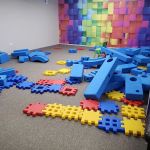 Church Street Plaza4.0 (731 reviews)
Church Street Plaza4.0 (731 reviews) Fun City Adventure Park3.0 (162 reviews)
Fun City Adventure Park3.0 (162 reviews) Riki Tiki's Indoor PlayGround4.0 (35 reviews)
Riki Tiki's Indoor PlayGround4.0 (35 reviews) Urban Youth Park - South Bay4.0 (107 reviews)
Urban Youth Park - South Bay4.0 (107 reviews) Are Trampoline Parks Safe for Kids? Essential Guide for U.S. Parents
Are Trampoline Parks Safe for Kids? Essential Guide for U.S. Parents How Often Should You Replace Trampoline Springs? Tips for Proper Maintenance
How Often Should You Replace Trampoline Springs? Tips for Proper Maintenance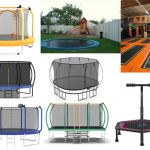 How Much Is a Trampoline? A Detailed Guide to Trampoline Costs and Buying Tips
How Much Is a Trampoline? A Detailed Guide to Trampoline Costs and Buying Tips Bounce Techniques for Stronger Legs: Effective Exercises and Tips
Bounce Techniques for Stronger Legs: Effective Exercises and Tips Essential Music Gear for Trampoline Dance: Complete Guide
Essential Music Gear for Trampoline Dance: Complete Guide Fun STEM Experiments Using Trampolines to Spark Curiosity and Learning
Fun STEM Experiments Using Trampolines to Spark Curiosity and Learning